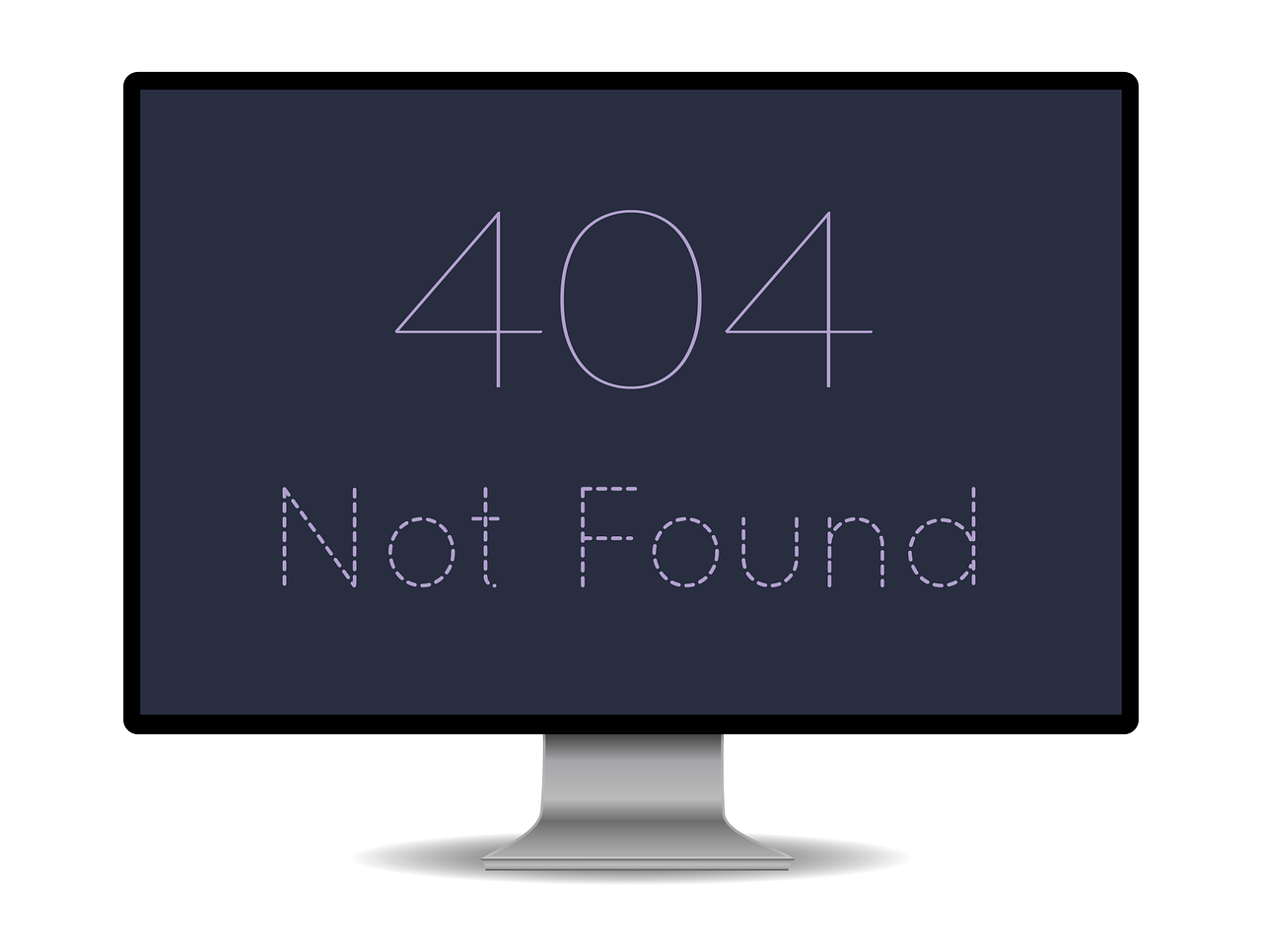Table of Links
Abstract and I. Introduction
II. Threat Model & Background
III. Webcam Peeking through Glasses
IV. Reflection Recognizability & Factors
V. Cyberspace Textual Target Susceptibility
VI. Website Recognition
VII. Discussion
VIII. Related Work
IX. Conclusion, Acknowledgment, and References
APPENDIX A: Equipment Information
APPENDIX B: Viewing Angle Model
APPENDIX C: Video Conferencing Platform Behaviors
APPENDIX D: Distortion Analysis
APPENDIX E: Web Textual Targets
VI. WEBSITE RECOGNITION
The results so far suggest it may still be challenging for present-day webcam peeking adversaries with mainstream 720p cameras to eavesdrop on common textual contents displayed on user’s screens. During our experimentation, we observed that recognizing graphical contents such as shapes and layouts on the screen is generally easier than reading texts. Although shapes and layouts contain more coarse-grained information compared to texts, a webcam peeking adversary may still pose non-trivial threats by correlating such graphical information with privacy-sensitive contexts. This work further explored to which degree can a webcam peeking adversary recognize on-screen websites by utilizing non-textual graphical information.
Data Collection. 10 out of the 20 participants in the user study participated in the website recognition evaluation. Following a similar methodology as in [42], we used the Alexa top 100 websites as a closed-world dataset. We only investigate the recognition of the home page of each website in this work. [42] shows that other pages of a website can also lead to the recognition of the website. We believe the easiness of recognizing a website using different pages is worth exploring in future works. The experiment followed a similar procedure as the textual recognition experiment in Section V. For each participant, one author generates a unique random sequence of 25 websites for the participant to browse (10 seconds for each website) while another author acts as the adversary that analyzes the video recordings. Both local and Zoom-based remote recordings were obtained and recognized by the adversary. The adversary was given the whole recording and was asked to match each segment of the video to a specific website out of the 100 websites in the correct order. A random guess naive adversary is supposed to have a success rate of about 1%. Note that some participants changed their environment and ambient lighting compared to the previous textual recognition experiment since the two experiments were conducted five months apart.
Recognition Results. Figure 10 shows the percentage of websites (out of 25) correctly recognized by the adversary. Participants 0 and 4 did not yield recognizable reflections due to bad light SNR and viewing angles respectively. This ratio of zero recognition (2 out of 10) agrees with that in the textual recognition test (6 out of 20), suggesting that webcam peeking may be impossible in 20-30% video conferencing occasions due to extreme user environment configurations.
As expected, participants with higher textual recognition accuracies such as participant 7 generally yield higher website recognition accuracies too. In addition, we observe that website recognition is more robust to various lighting conditions in the participants’ ambient environment. For example, we found participant 10 who had 0% textual recognition accuracy due to bad light SNR produced 56% (local) and 36% (remote) accuracies in website recognition with the same environment and lighting. The reasons are two-fold. First, solid graphical contents such as color blocks commonly found on web pages occupy larger areas than the body of texts and are thus much easier to identify in low-quality videos. Second, compared to black texts on white backgrounds which only have two different colors, the overall web pages with multiple graphical contents have more colors and contrast, leading to better robustness against over- and under-exposure of the usable screen contents in the webcam videos.
Recognition Easiness and Web Characteristics. Compared to texts, websites feature more abundant and diverse characteristics. We conducted qualitative and quantitative analyses to identify the characteristics that make certain websites more susceptible to webcam peeking. To that end, we ranked the 100 websites by their easiness of recognition utilizing recognition accuracies. Figure 16 shows rotated screenshots of the websites that rank the top and bottom 15 by their recognition easiness. Visual inspections suggest websites with higher contrast, larger color blocks, and more salient relative positions between different color blocks are easier to recognize. Websites that are mostly white with sparse textual and graphical components on them are the hardest to recognize. We calculated the correlation scores between the rank of each website and the average as well as the standard deviation of the websites’ pixel values. Generally, a higher average means the website is closer to a pure white screen; a higher standard deviation means the website has more abundant high-contrast textures. The correlation scores obtained are -0.33 and 0.45.
Authors:
(1) Yan Long, Electrical Engineering and Computer Science, University of Michigan, Ann Arbor, USA ([email protected]);
(2) Chen Yan, College of Electrical Engineering, Zhejiang University, Hangzhou, China ([email protected]);
(3) Shilin Xiao, College of Electrical Engineering, Zhejiang University, Hangzhou, China ([email protected]);
(4) Shivan Prasad, Electrical Engineering and Computer Science, University of Michigan, Ann Arbor, USA ([email protected]);
(5) Wenyuan Xu, College of Electrical Engineering, Zhejiang University, Hangzhou, China ([email protected]);
(6) Kevin Fu, Electrical Engineering and Computer Science, University of Michigan, Ann Arbor, USA ([email protected]).
This paper is









